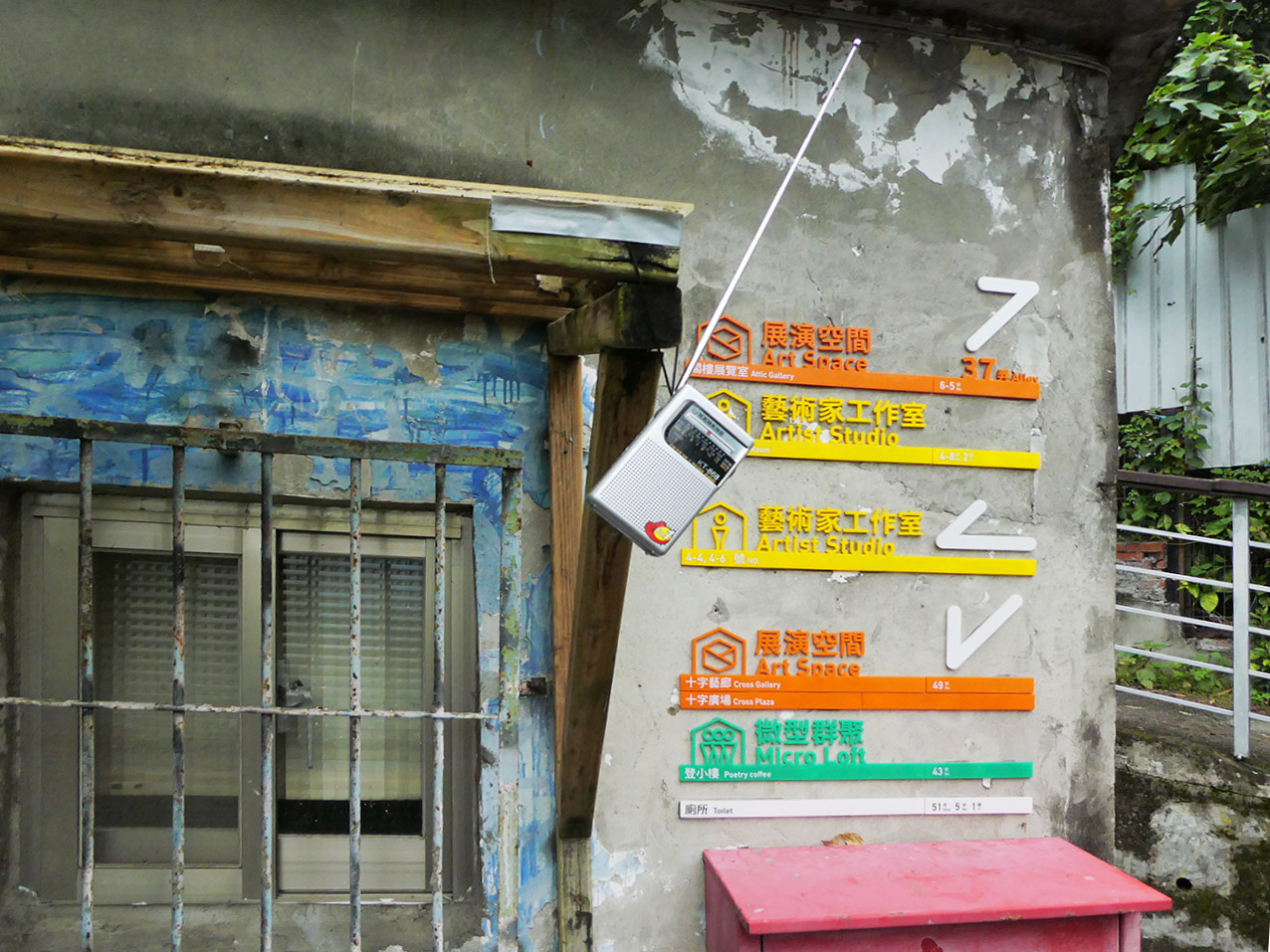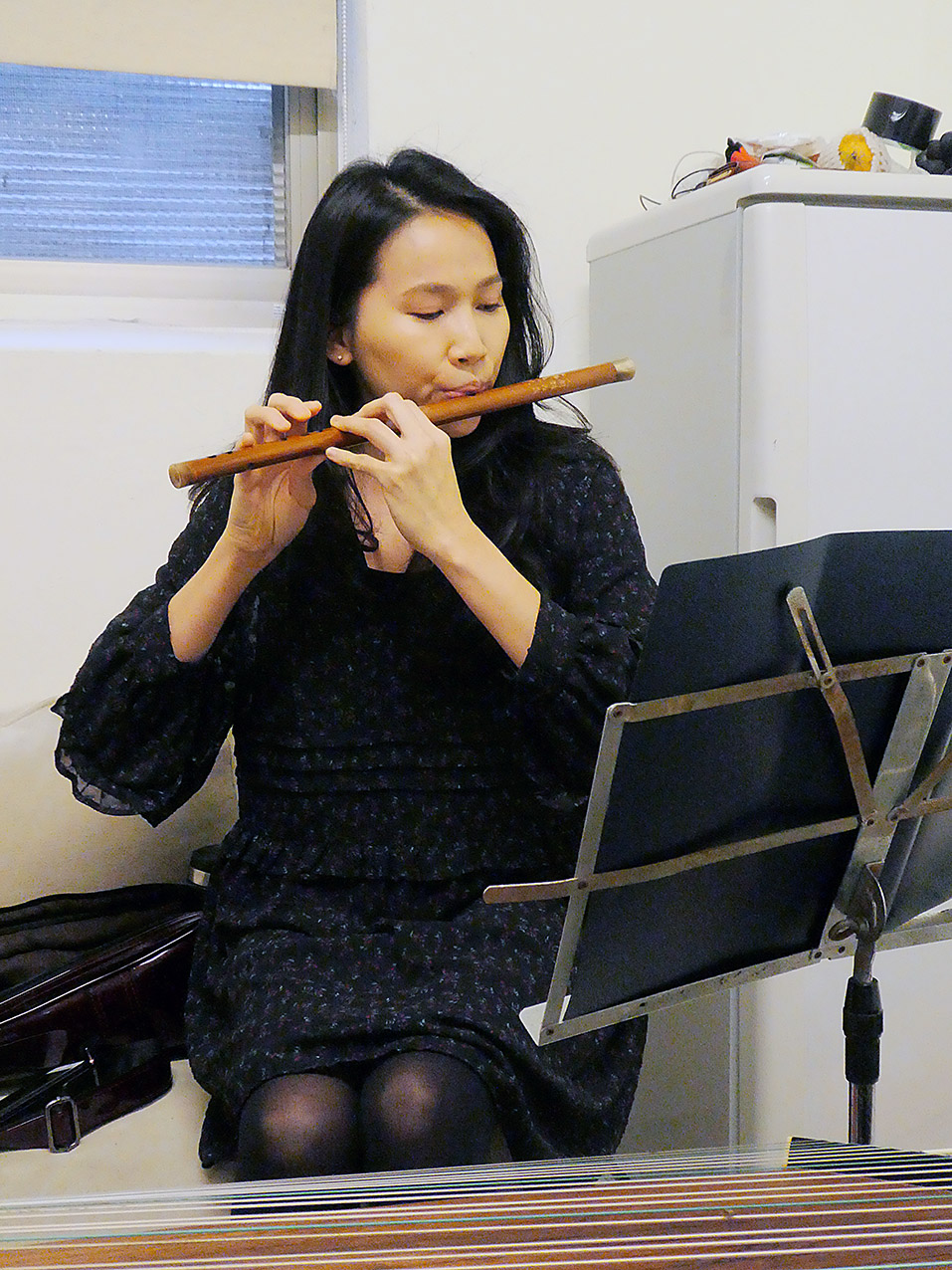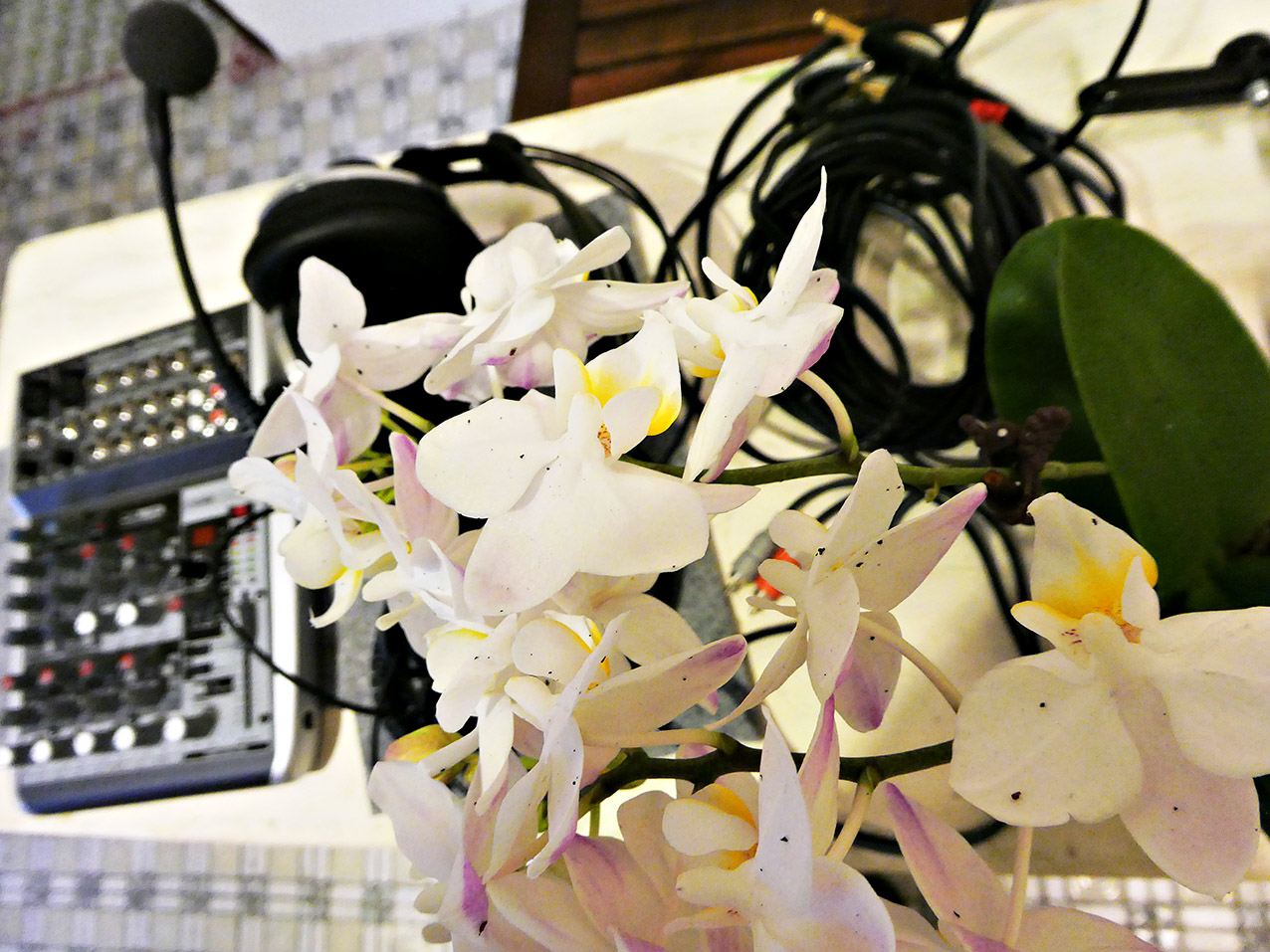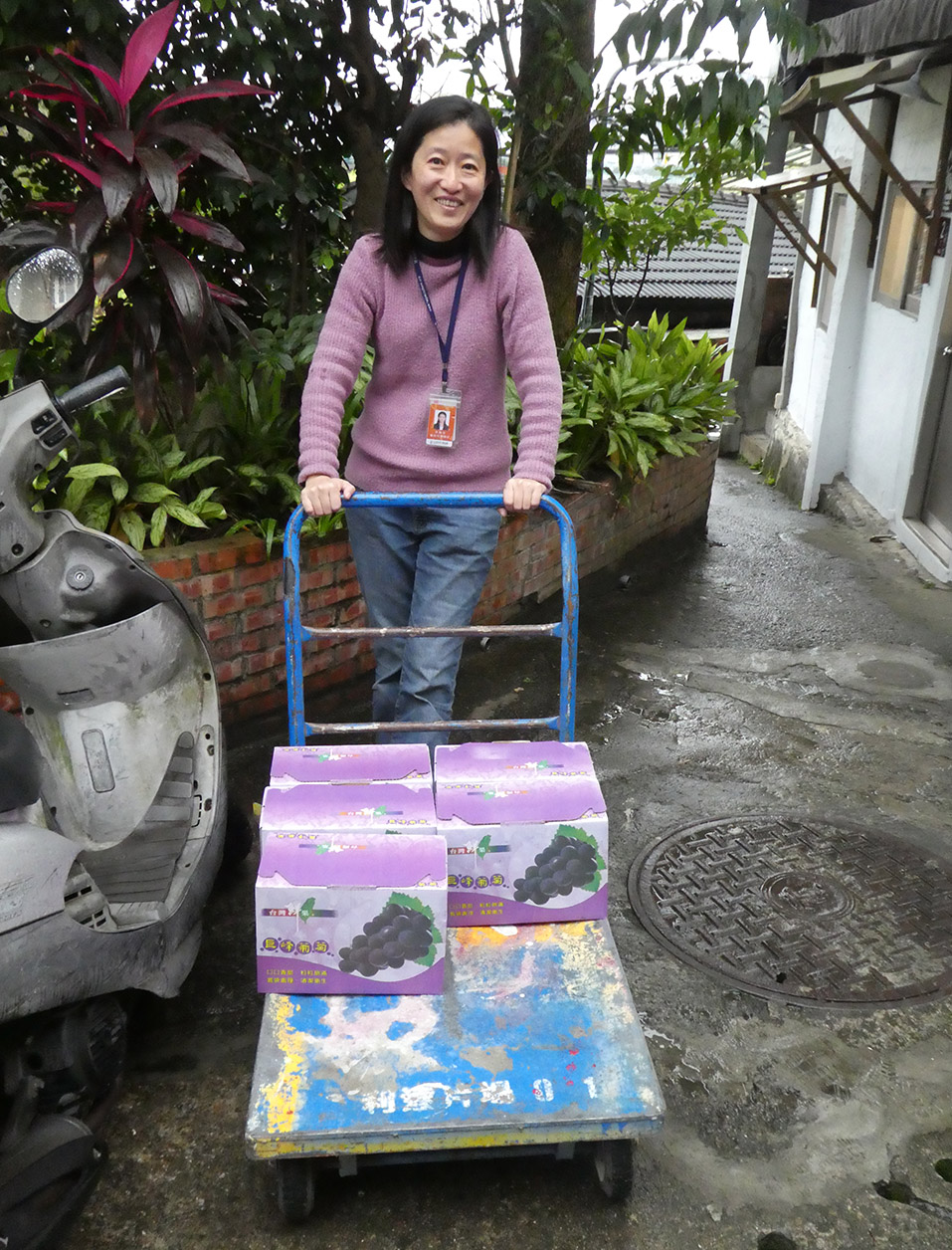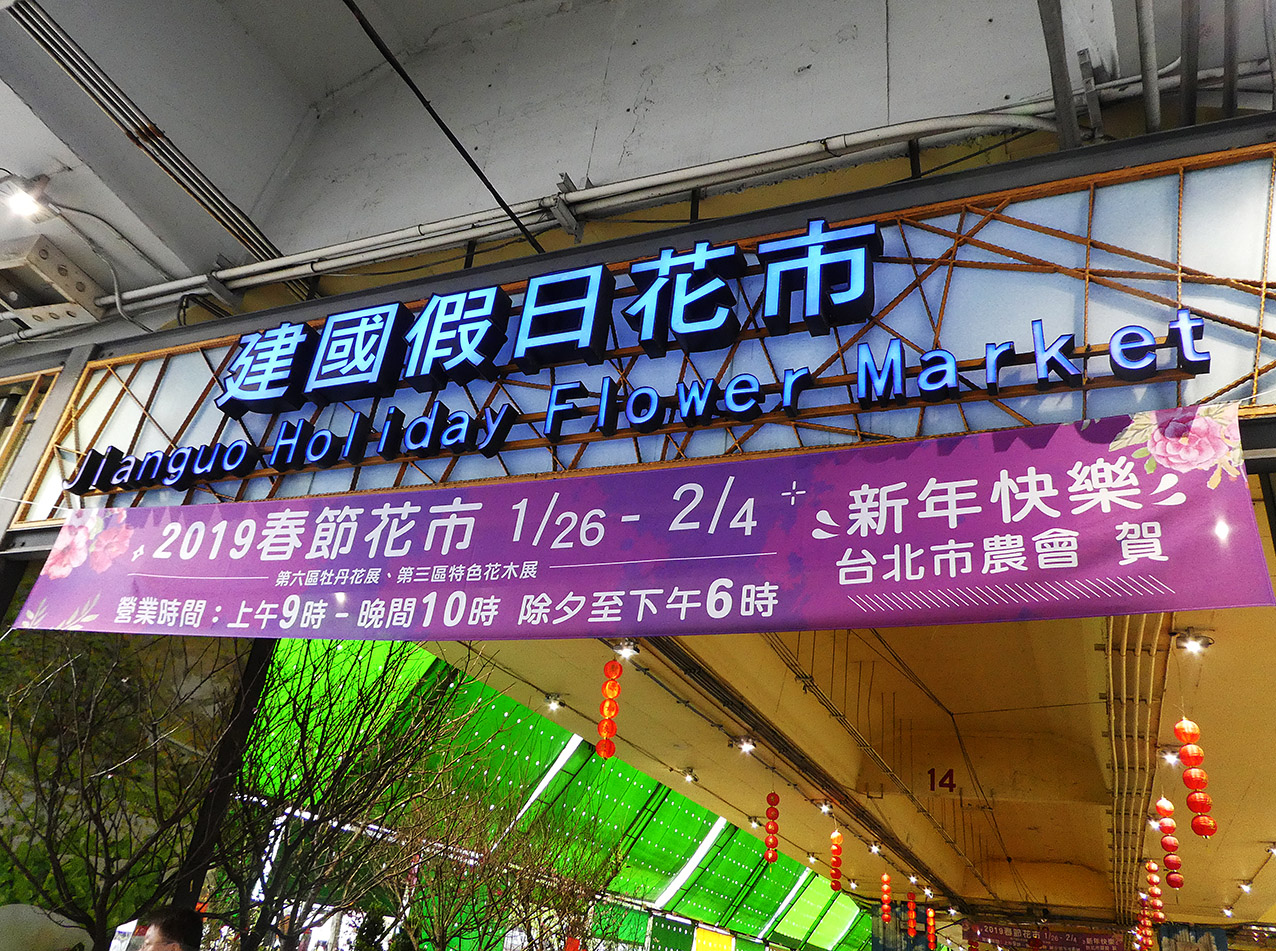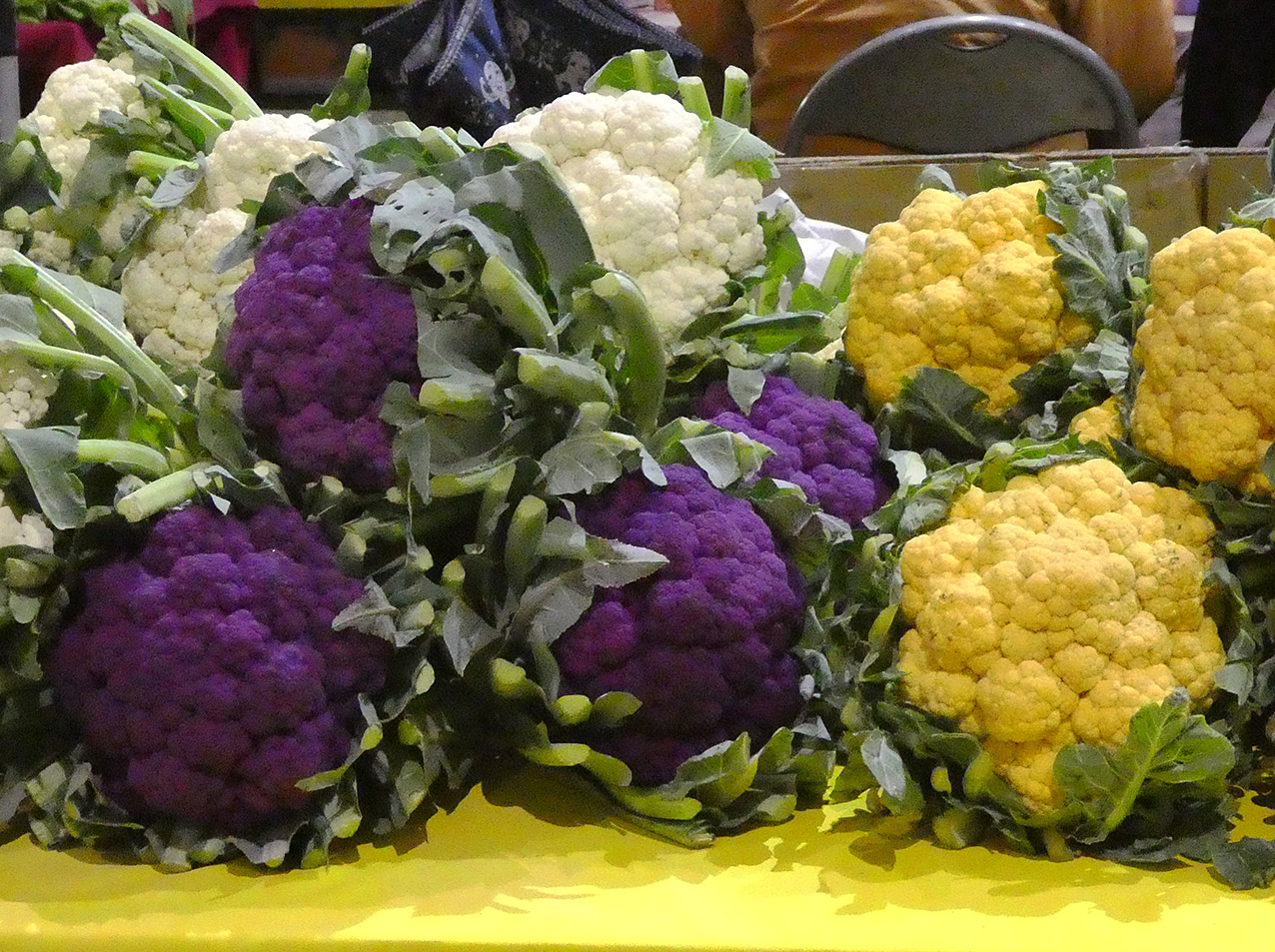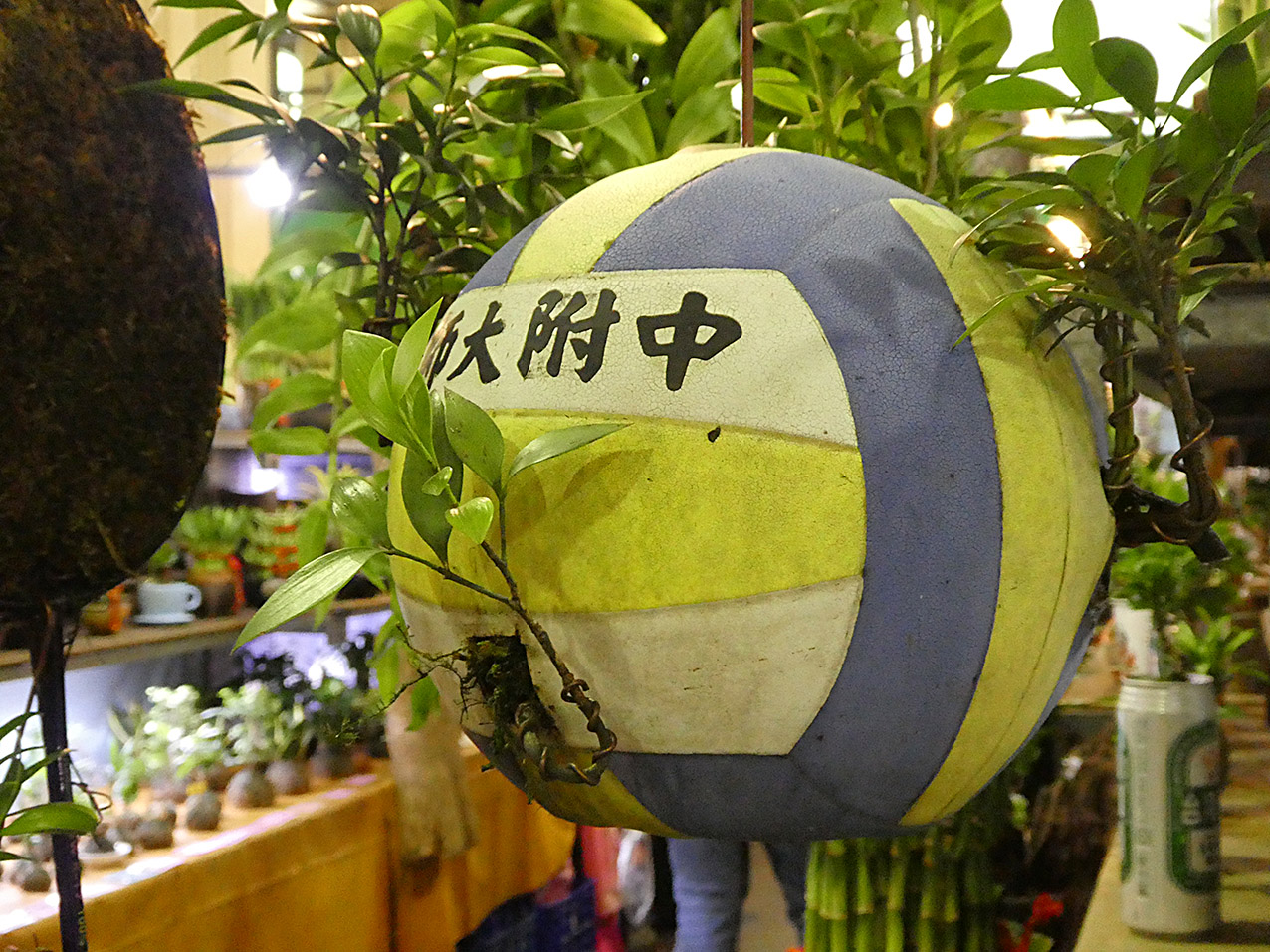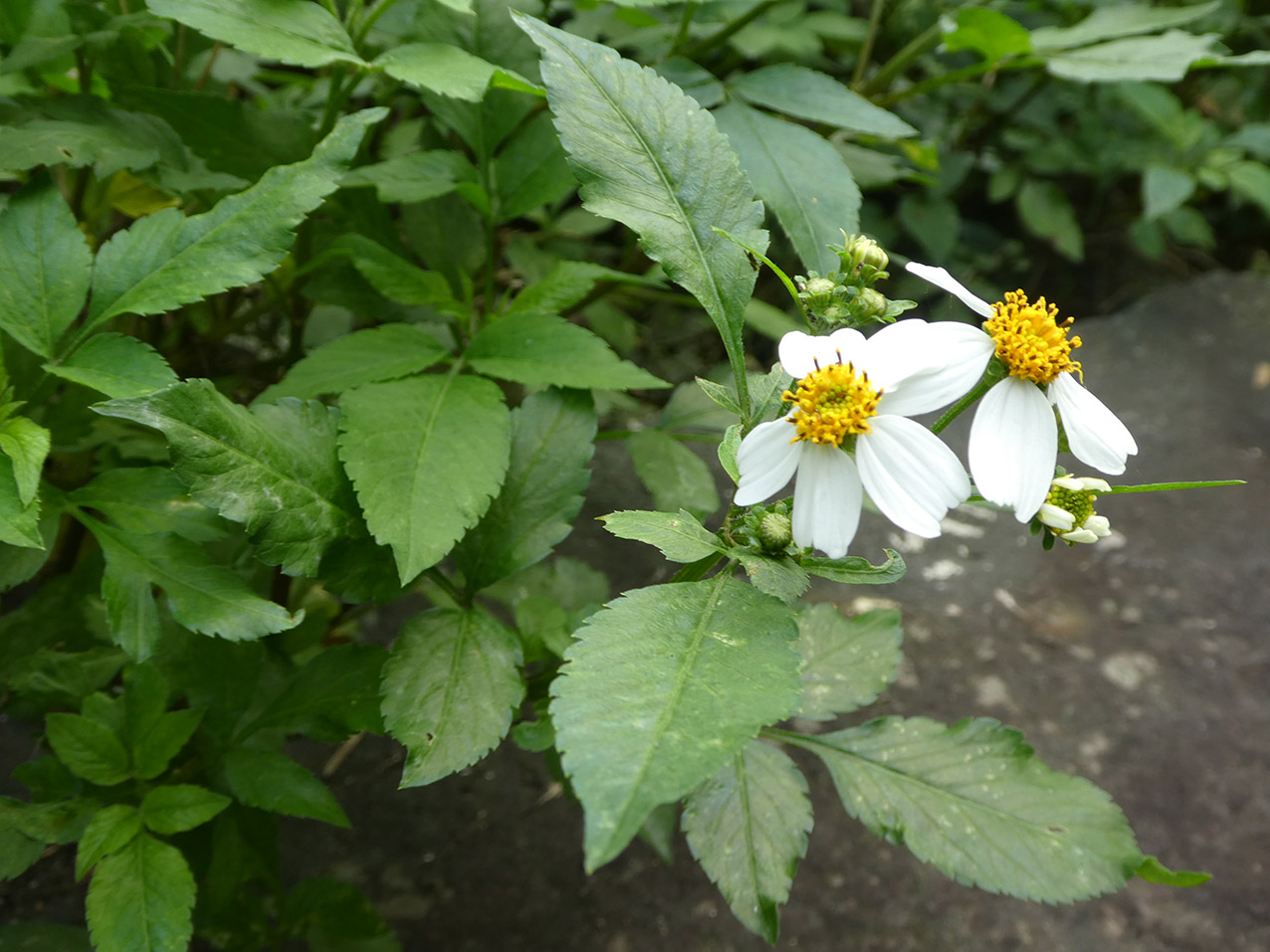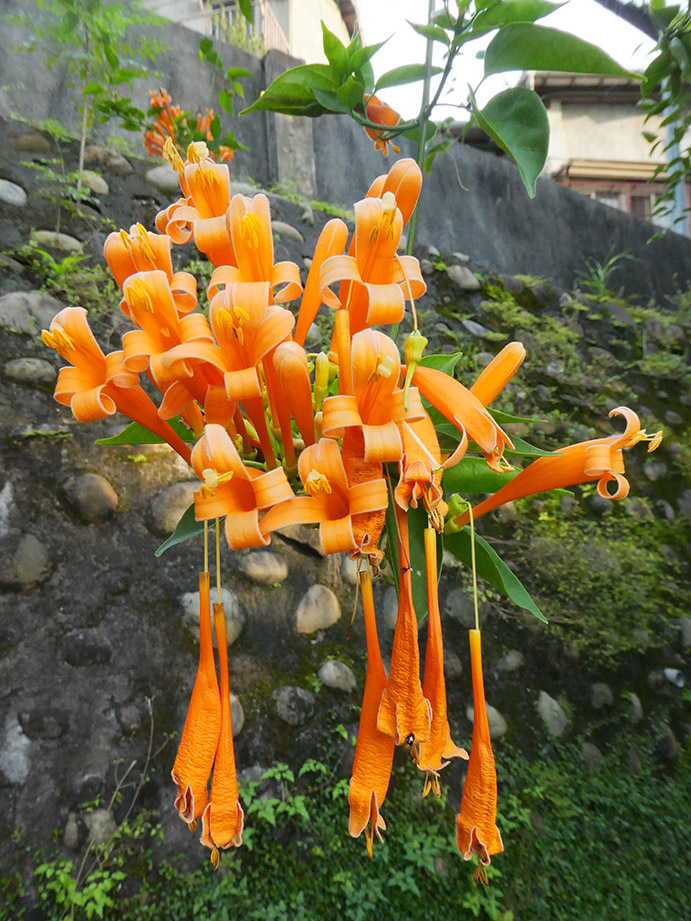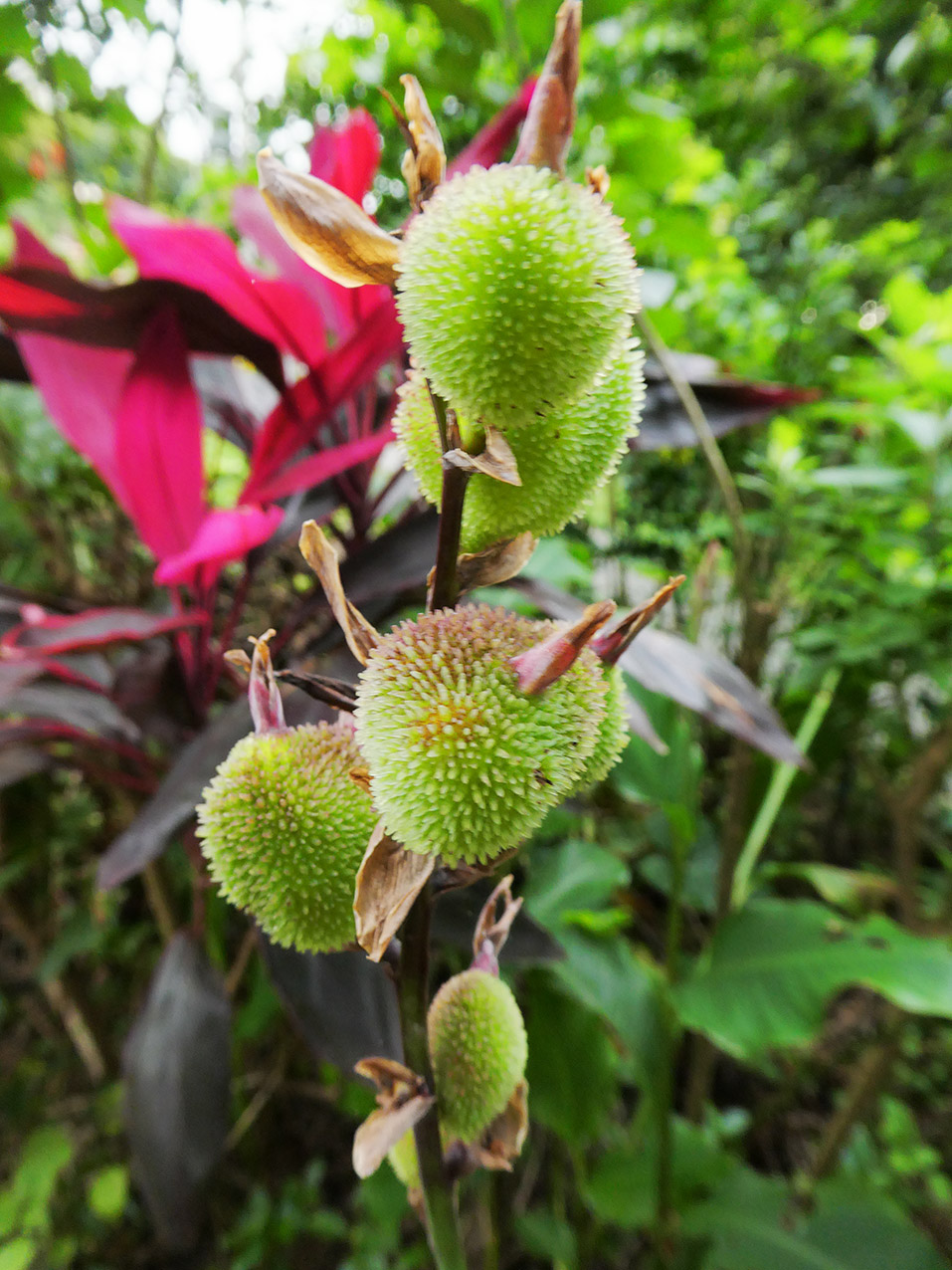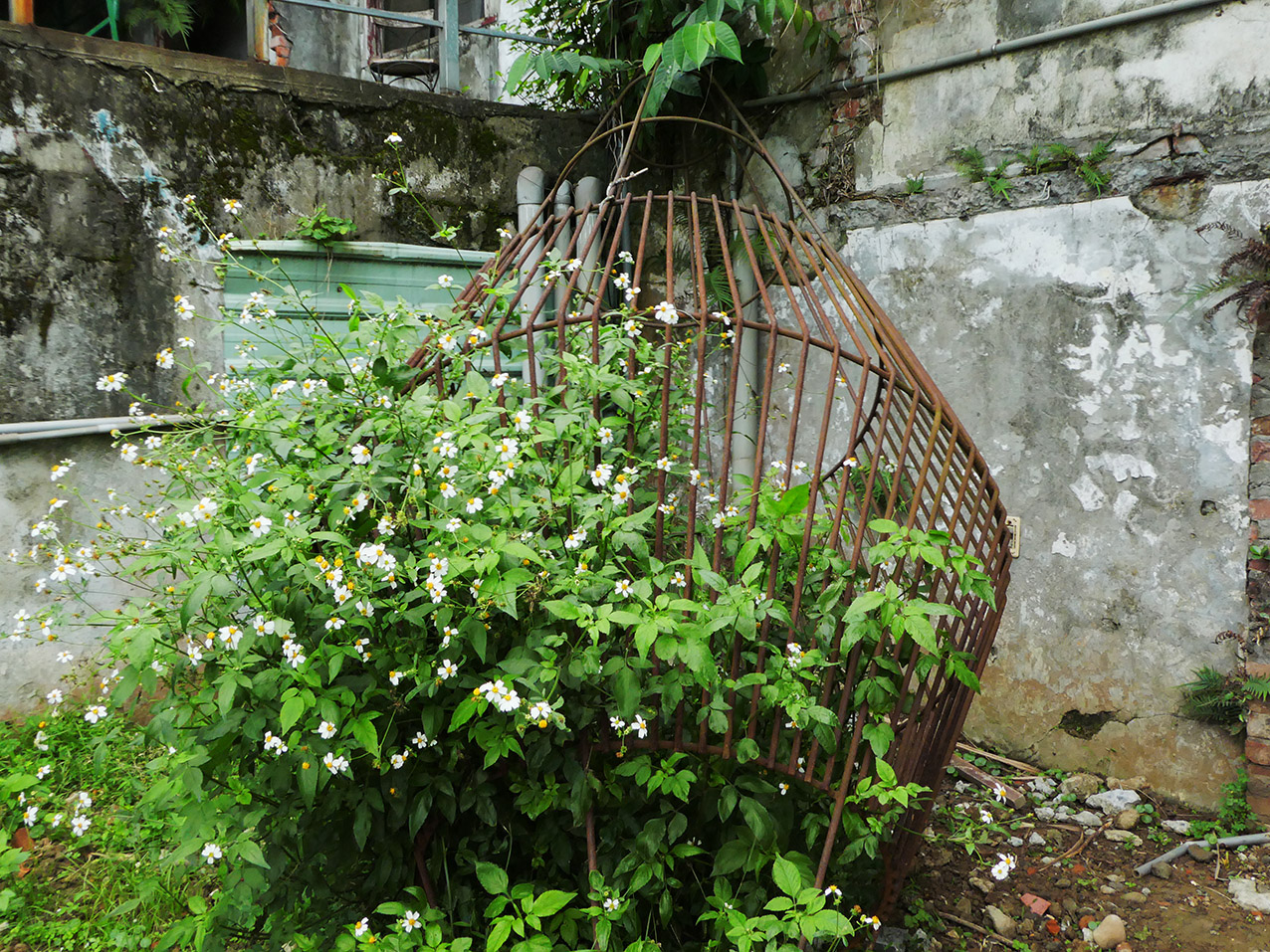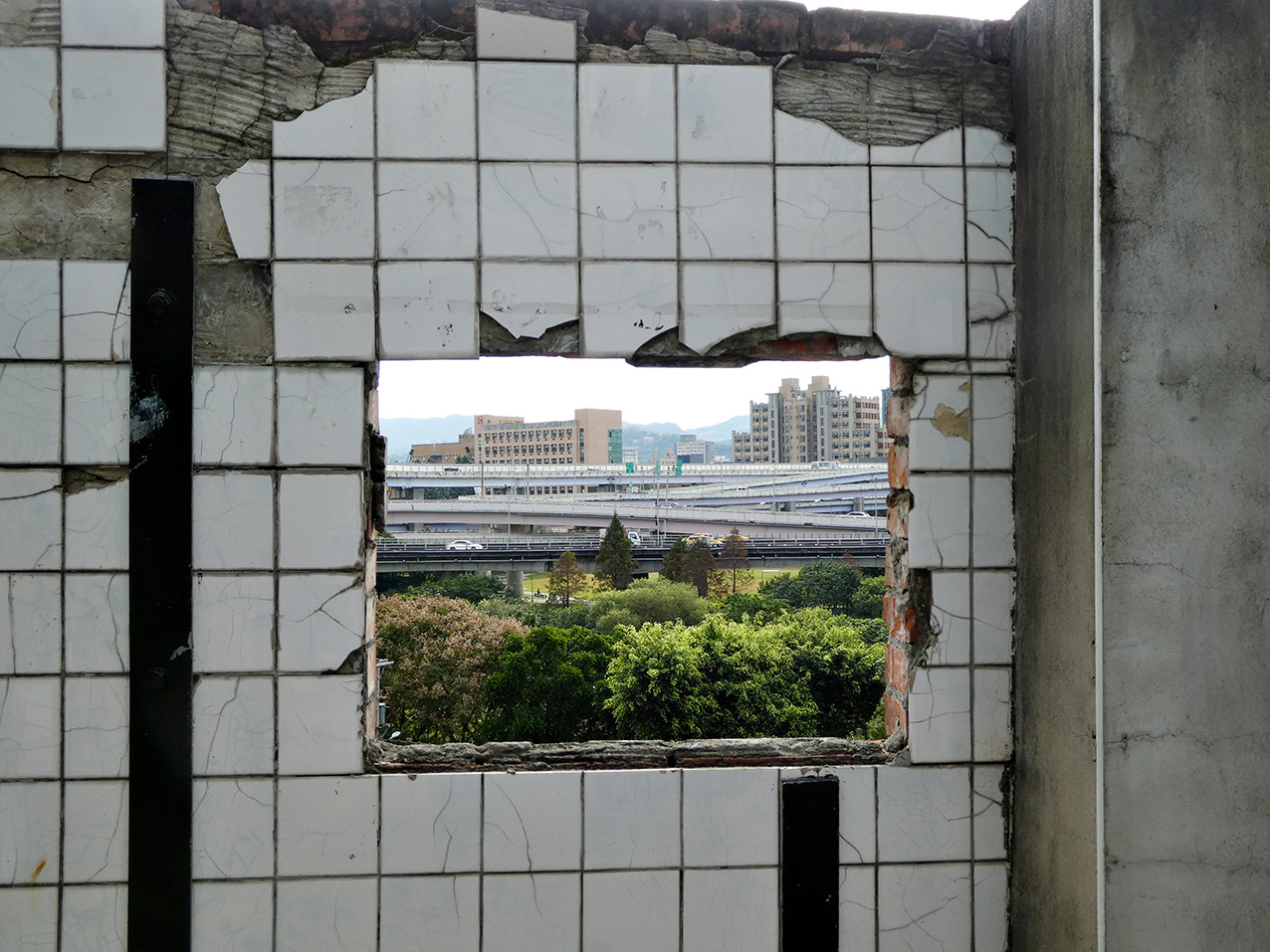
Last week, it took me three hours of travel across the city in order to purchase a heavyweight black lump labeled transformer. The result was – finally – a flawless rendering of our microphones in use. I hope you noticed! In case you haven’t because your didn’t listen to Datscha Radio’s second broadcast from Taipei, here comes a quick summary.
Wu Tsan Cheng must be inevitably known as soon as you click on aporee’s sound map of Taiwan. And it is not by the sheer number of recordings uploaded there that would be a phenomenon by itself, even more exciting is the artful quality of his field recordings. I was lucky enough to have him as my first guest and our talk dealt with his extensive work, the „semi-natural“ intricacies of field recording and introduced some (not enough!) of his pieces.
In preparation of this second show I had spent two nights in the city of Yilan, an hour of bus ride away from Taipei, to meet the artist and farmer Yang Hauyu. We went to his family’s farm and had a long talk about the ways in which organic farming (which is not so usual in Taiwan) and artistic work can convene. An excerpt of this talk was broadcast and the subsequent degustation of homemade rice wine led to reading of a (truly spirit-induced) rice wine poem written by my neighboring resident Rewat Panpipat.

This formed a felicitous transition to the next live guest, Pi Erny. Erny is the son of Cassandra, one of the micro-loft artists here, and he is specialized – despite his young age – in the manufacturing of fruit wines. His favorite is wine made from the dragon fruit (Pitaya). It has a deep red color and a very sweet and slightly tangy taste. He also brought some plum wine to savor: Best I ever tasted so far!
Absolutely noteworthy in all these talks with Taiwanese artists and guests is the translation support rendered by Charlotte/Ming Chun of the THAV’s office who generously helped out with her proficiency whenever words went missing! Thank you, Charlotte!

A prerecorded talk with enchantingly lively Mr. Hu, the eldest inhabitant of the village, followed. 50 years ago, Mr Hu came over from the mainland as a soldier to stay here with the much more peaceful mission of building his own house, starting a family and dedicating himself to studies of ancient Chinese history and song lore. This very special occasion had been facilitated by Ms Catherine Lee, director of TAV, who also translated for me.

Meeting Mr. Hu occurred within the frame of the villager’s feast that same evening, on the 26th of January. Every two months, the THAV staff, the artists and the local residents meet for a festivity that involves plenty of food and plenty of Karaoke singing. Consequently (since I recorded some of this), the remaining time of the broadcast was filled with the tunes of popular Taiwanese songs.




















